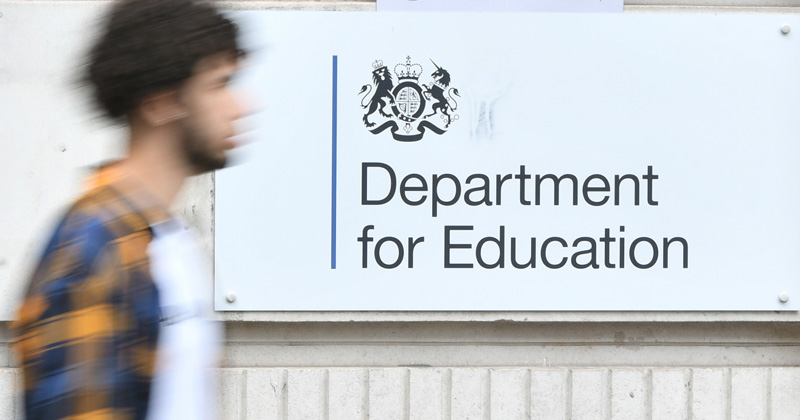In 2016, the government introduced a new headline performance measure for GCSE: progress 8. Advocates of this measure, myself included, welcomed this because it recognised what schools achieved for pupils with low prior attainment. Previously, pupils needed to attain a grade C in five subjects, including English and mathematics to meet the government’s performance threshold, a level beyond the reach of many.
Shortly after progress 8 was introduced, a headteacher sent me a graph which connects pupils’ attainment 8 scores to their key stage 2.
The red line shows the national average for all pupils. Progress 8 is then effectively how much above and below that line the pupils are collectively.
I often used this graph with heads, officials and policy makers. I asked them to estimate roughly how good this school was, from ‘well above average’ to ‘well below’. The typical response was that the school was below average; there are more dots below the red line.


